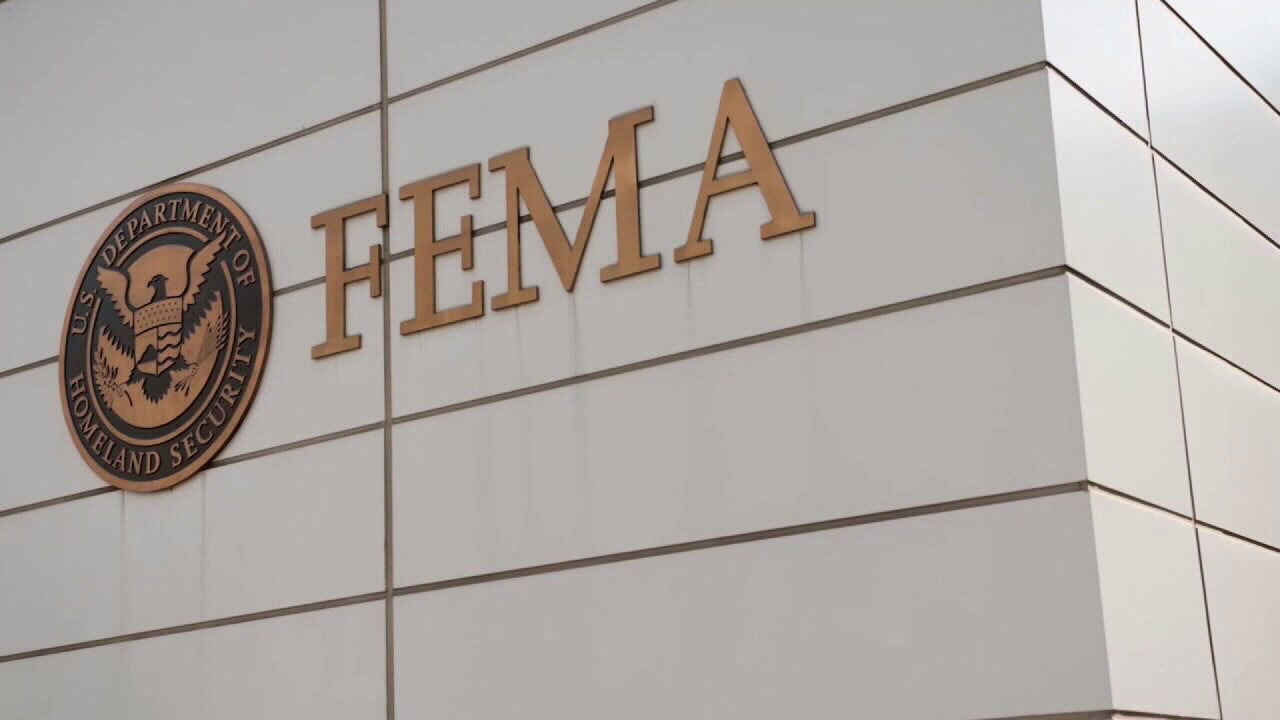CNN
—
Florida vacations are back on, sans stinky seaweed.
The record-breaking mass of stinky seaweed that began appearing on Florida’s iconic beaches this spring, known as the Great Atlantic Sargassum Seaweed Belt, shrunk in the Gulf of Mexico by 75% last month, according to scientists from the University of South Florida’s Optical Oceanography Lab.
The seaweed, which smells like rotten eggs and emits toxic gases when it comes ashore, proved a nuisance for Florida beachgoers in the spring – which is also the start of the Sunshine State’s tourist season. In April, the seaweed set a record, with scientists identifying 3 million tons of sargassum in the Caribbean Sea.
And while scientists expected the mass would shrink in June, last month’s dramatic decrease in the Gulf of Mexico was “beyond expectation,” according to a bulletin from the Optical Oceanography Lab.
“Very little Sargassum was found by the end of June in the Straits of Florida and along the east coast of Florida,” the bulletin said.
Chuanmin Hu, a professor of optical oceanography at the University of South Florida, told CNN such a drastic decrease has “never happened in history at this time of year.”
Usually, sargassum in Florida starts to decline in July, he explained, and is mostly gone by September.
But he predicts “the sargassum season for Florida is very likely over for this year.”
“That’s good news for Florida residents,” he said, adding he and his colleagues at the Optical Oceanography Lab had received reports of “clean beaches” across the state.
The sargassum that lands on Florida beaches originates in the Gulf of Mexico and the western Caribbean, Hu went on. But those “source regions” are also seeing very little sargassum, a good omen for Florida. Small amounts of the seaweed may still land on Florida beaches, but not in large enough quantities to present a problem, according to Hu.
The reasons for the decrease may be “complicated,” said Hu. The growths of sargassum fluctuate yearly based on different factors, like changes in nutrients, rainfall and wind conditions, CNN previously reported.
While there isn’t enough evidence to identify one cause, Hu said researchers have been speculating stronger-than-average winds in the Caribbean Sea and the Gulf of Mexico may have either caused the sargassum to dissipate into smaller clumps or sink it to the ocean floor.
The bulletin notes there were sharp decreases of sargassum in both the Gulf of Mexico and the western Caribbean Sea. But there was an increase in the Central West Atlantic. Altogether, the whole blob decreased over the course of June, with an estimated 9 million metric tons extending from West Africa to the Gulf of Mexico by the end of the month, the bulletin says.
But while Florida enjoys clean beaches, in the eastern Caribbean, “they’ll still see a lot of sargassum,” Hu noted.
In June, most sargassum was found around the Lesser Antilles and along the southern coasts of Hispaniola, Jamaica, and Puerto Rico, according to the bulletin.
Sargassum describes over 300 species of brown algae. The seaweed has formed annual blooms in the Atlantic Ocean for years and scientists have tracked it since 2011.
In the ocean, the seaweed is beneficial: It provides food and a habitat for fish, mammals, marine birds, crabs and other organisms. The masses even serve as a habitat for threatened loggerhead sea turtles, according to the Sargassum Information Hub website, a joint project among various research institutions.
But when sargassum comes ashore and accumulates on the beach, it causes problems for humans and other organisms. This year, huge smelly masses of the seaweed piled up 5 or 6 feet high on beaches in the Caribbean, creating a nuisance for beachgoers. And the rotting algae releases hydrogen sulfide, a toxic gas that can cause respiratory problems.
The seaweed also contains arsenic in its flesh, which makes it dangerous to ingest or use as fertilizer.
When it accumulates in large enough quantities, the seaweed can create “dead zones,” using so much oxygen that it destroys nursery habitats for fisheries, CNN previously reported.
And removing the seaweed is no simple task. Removal efforts can cost millions of dollars, and the heavy-duty dump trucks often used to remove large buildups of sargassum can crush sea turtle eggs, as CNN previously reported.





























